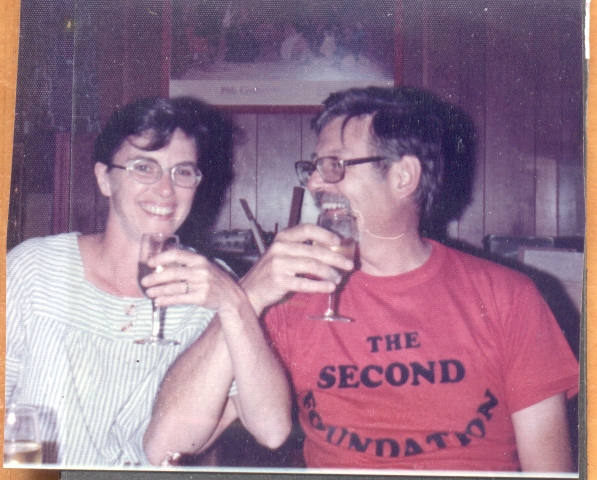[From Bill Powers (2009.09.20.0601 MDT)]
What I've been critical of, and have called "abstraction," may really be something else. I was thinking of prices, and the ideas that were being tossed around about their significance and the rules that govern them, when I saw what I think the problem is. It's simply that prices don't adjust themselves. Somebody has to do it, and when they do it's for a reason. There are no abstract principles that directly govern the setting of prices. The agent who is adjusting prices has been missing from the discussion, as have the reasons. What is being controlled by means of varying prices? Who is the agent doing the controlling, and for what higher purpose?
The nearest I've seen to this level of treatment in economics has been in discussions of indifference curves and the idea that consumers compare everything they might buy to everything else they might buy and select the one thing that has more utility than anything else -- a most unlikely story. There are certainly evaluations going on, and even comparisons, but not that way. Again, the problem is that of leaving out the agent, the controller. Nothing happens in the economy unless it's done by a person for a reason. A person, or type of person, or active agent, has to be behind every economic action. The economy is not driven by abstractions but by human reference signals, and it's organized by human perceptions and operated by human control systems.
Also, I've been thinking nostalgically about Isaac Asimov, one of the greatest of science fiction writers, whose Foundation trilogy inspired me long ago to think of complex projects in psychology. He called his psychology "psychohistory" and presented it as a sort of huge statistical analysis of galaxy-wide events that allowed the prediction of vast social processes, but I paid little attention to that part. I wanted to be Hari Seldon, the guy who figured it all out. And the images were wonderful. At a meeting of the Second Foundationers, the discussions centered on the Prime Radiant, which was a huge wall-sized screen on which the principals of psychohistory were displayed in fine detail, with controls that allowed scrolling the diagram and magnifying parts of it to allow examination of small parts of it and the equations that represented the analysis. A MODEL OF EVERYTHING!
Now, of course, we see that sort of thing every day on the weather reports where the commentator gestures on the touch-screen and drags parts of images around and expands them with well-practiced sweeping graceful movements -- an image straight out of the Matrix movies. Asimov was, like many science-fiction writers, envisioning a future and at the same time setting it up as a reference condition. Science fiction has been full of self-fulfilling prophecies.
Thus here I am trying to get the first few parts of the Prime Radiant organized so we can start building the ultimate model of everything. It's a project sufficiently large to be interesting, and it will need the best we can do to make it work. One day we will meet in a room with one wall covered by tiny boxes and microscopic equations that represent the work of thousands of contributors, and we will make a living by telling anyone who asks, "If you choose to follow THAT policy, THIS is what will happen." And the holographic image of old Bill Powers in his wheelchair -- Hari Seldon himself -- will appear and deliver his twice-a-century prediction of the next immense problem that will require your attention.
Best,
Bill P.
